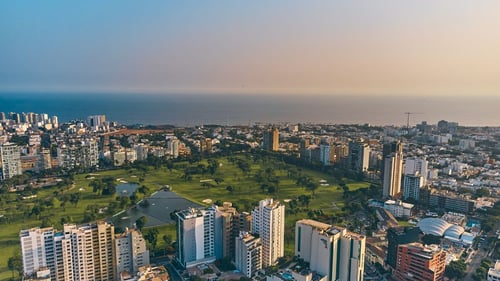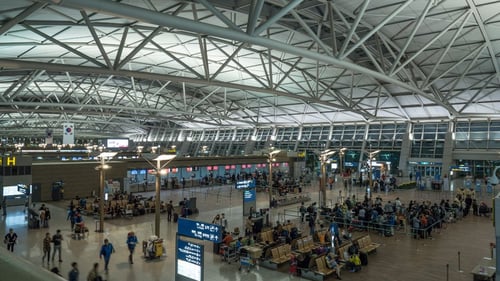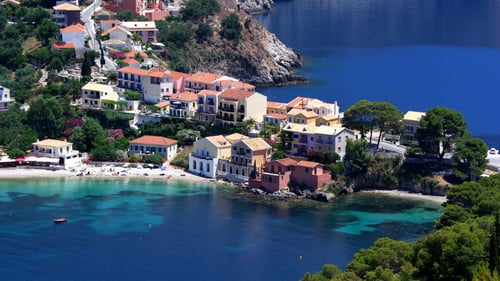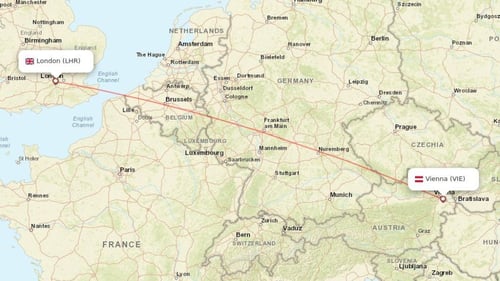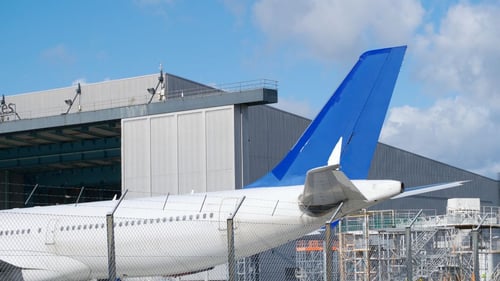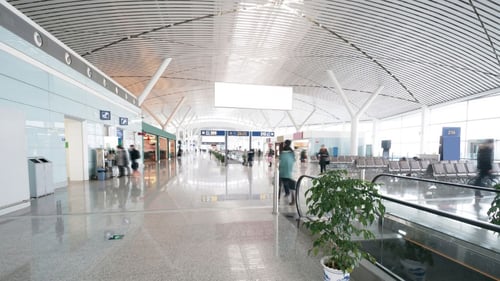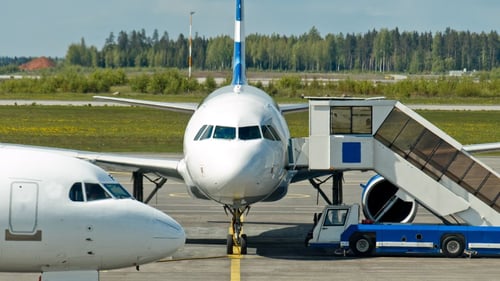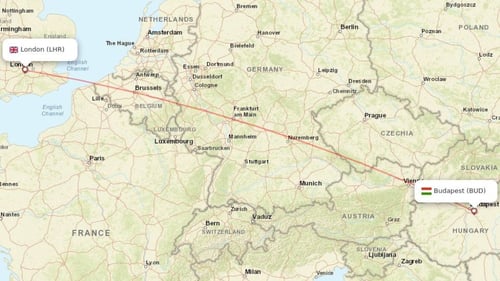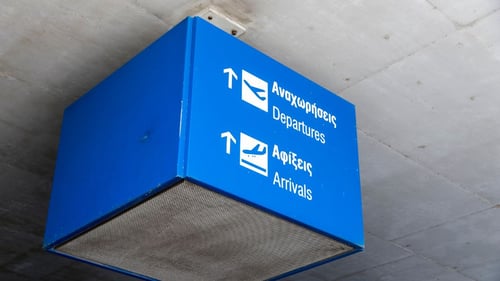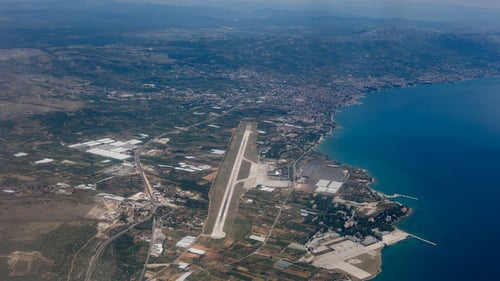Direct flights to Japan
Do you want to experience Japanese culture at its best? Find a direct flight to the largest airports in Japan and learn more about what to experience in this fascinating country.
When you hear the word 'Japan', what do you think of? Does your mind fill with images of ancient temples or futuristic cities? Do you see visions of mist-shrouded hills or lightning-fast bullet trains? Whatever image you have of Japan, it's probably accurate, because it's all there. The real highlight of a visit to Japan is the gracious hospitality.
The country of Japan is made up of a string of islands located off the coast of mainland China. A curious blend of an ultra-modern country combined with ancient and oriental charm, Japan is a fascinating country to visit and explore. In the last 150 years, the previously secretive and closed-off country of Japan, opened its doors to trade and visitors and is now a high-tech and sophisticated country as well as holding onto its strong cultural roots and traditions.
Over three quarters of the Japanese archipelago consists of mountainous terrain mainly concentrated in its interior, the vast majority of its huge population of 125 million are crammed into its coastal areas.
Find a direct flight to Japan
One of the world's most fascinating countries, Japan, can be reached on a huge choice of airlines from several parts of the world. The two largest airports in Japan are both located in Tokyo – Haneda and Narita. In the lists below you find some of the airports with the most frequent connections to each airport. Please use the links to learn more about each flight option.
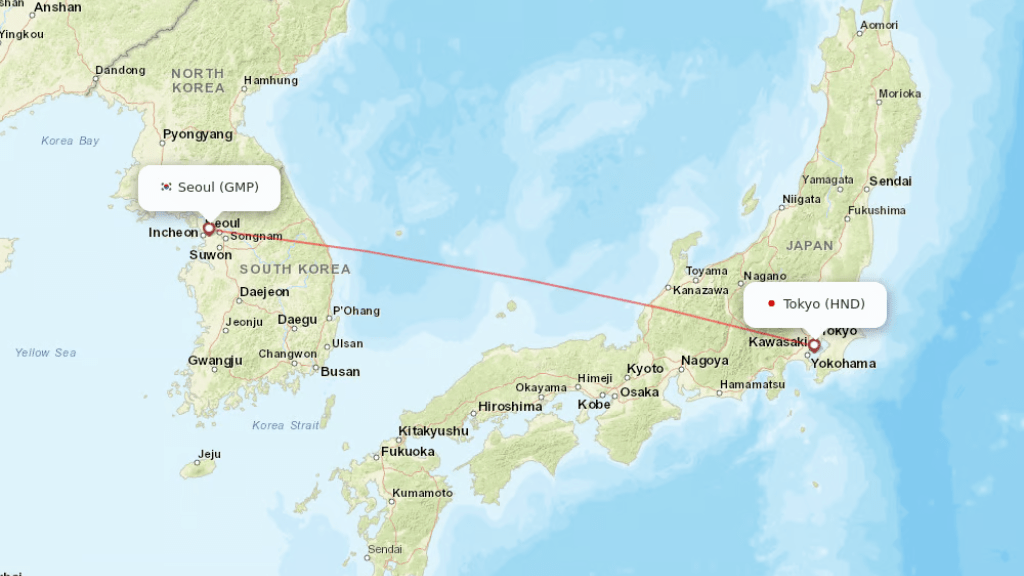
To Haneda
From the US
- Direct flights from Los Angeles (LAX) to Haneda (HND)
- Direct flights from Honolulu (HNL) to Haneda (HND)
- Direct flights from San Francisco (SFO) to Haneda (HND)
- Direct flights from New York (JFK) to Haneda (HND)
- Direct flights from Chicago (ORD) to Haneda (HND)
From other parts of the world
- Direct flights from Seoul (GMP) to Haneda (HND)
- Direct flights from Taipei (TSA) to Haneda (HND)
- Direct flights from Hong Kong (HKG) to Haneda (HND)
- Direct flights from Singapore (SIN) to Haneda (HND)
- Direct flights from Bangkok (BKK) to Haneda (HND)
To Narita
From the US
- Direct flights from Los Angeles (LAX) to Narita (NRT)
- Direct flights from Honolulu (HNL) to Narita (NRT)
- Direct flights from San Francisco (SFO) to Narita (NRT)
- Direct flights from Seattle (SEA) to Narita (NRT)
- Direct flights from Houston (IAH) to Narita (NRT)
From other parts of the world
- Direct flights from Seoul (ICN) to Narita (NRT)
- Direct flights from Hong Kong (HKG) to Narita (NRT)
- Direct flights from Taipei (TPE) to Narita (NRT)
- Direct flights from Bangkok (BKK) to Narita (NRT)
- Direct flights from Hanoi (HAN) to Narita (NRT)
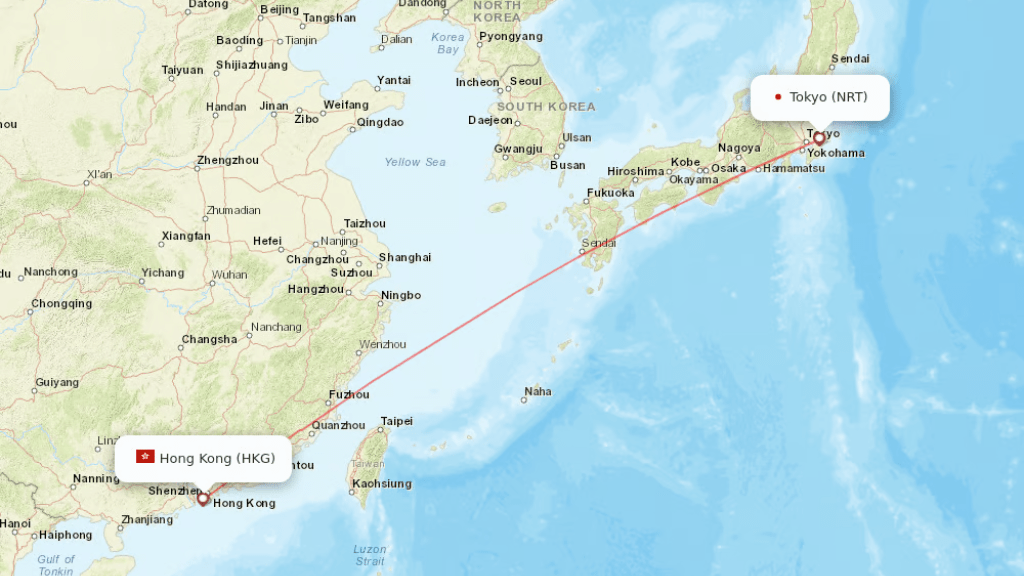
Experience Japan – fascinating culture and beautiful nature
Life in Japan’s capital Tokyo is generally lived at a frenetic pace with cutting-edge technology and a demand for the latest in everything including fashion, telecoms and shopping. Home to Japan’s Emperor and the Imperial Family, the Imperial Palace is worth a visit where you can explore the grounds and beautiful gardens.
For the best of Japanese culture, head to the city of Kyoto which boasts more than 17 Unesco World Heritage sites and a vast collection of Buddhist Temples and shrines.
You may even spot a geisha in one of its traditional restaurants. As well as Japan’s many cultural attractions, it is also blessed with great natural beauty including Niseko where you can hike or ski, Iriomote-Jima with its tropical jungle and the exotic coral reefs of Okinawa.
How to find a cheap flight to Japan
Try our Directflights.com flight search box which can be found at the top of the page for great value cheap flights to Japan. We advise you to book well in advance and avoid peak times of the year in order to find the cheapest flights available. Whether you're planning a trip in the future or require lastminute flights, we can find you the most competitive fares available.
Japanese climate – from north to south
The climate of Japan is predominantly temperate, but varies greatly from north to south. Japan's geographical features divide it into six principal climatic zones: Hokkaidō, Sea of Japan, Central Highland, Seto Inland Sea, Pacific Ocean, and Ryūkyū Islands. The northernmost zone, Hokkaido, has a temperate climate with long, cold winters and cool summers. Precipitation is not heavy, but the islands usually develop deep snowbanks in the winter. In the Sea of Japan zone on Honshū's west coast, northwest winter winds bring heavy snowfall. In the summer, the region is cooler than the Pacific area, though it sometimes experiences extremely hot temperatures because of the foehn wind. The Central Highland has a typical inland climate, with large temperature differences between summer and winter, and between day and night; precipitation is light.
The mountains of the Chūgoku and Shikoku regions shelter the Seto Inland Sea from seasonal winds, bringing mild weather year-round. The Pacific coast experiences cold winters with little snowfall and hot, humid summers because of the southeast seasonal wind. The Ryukyu Islands have a subtropical climate, with warm winters and hot summers. The average winter temperature in Japan is 5.1 °C (41.2 °F) and the average summer temperature is 25.2 °C (77.4 °F). The main rainy season begins in early May in Okinawa, and the rain front gradually moves north until reaching Hokkaidō in late July. In most of Honshū, the rainy season begins before the middle of June and lasts about six weeks.


